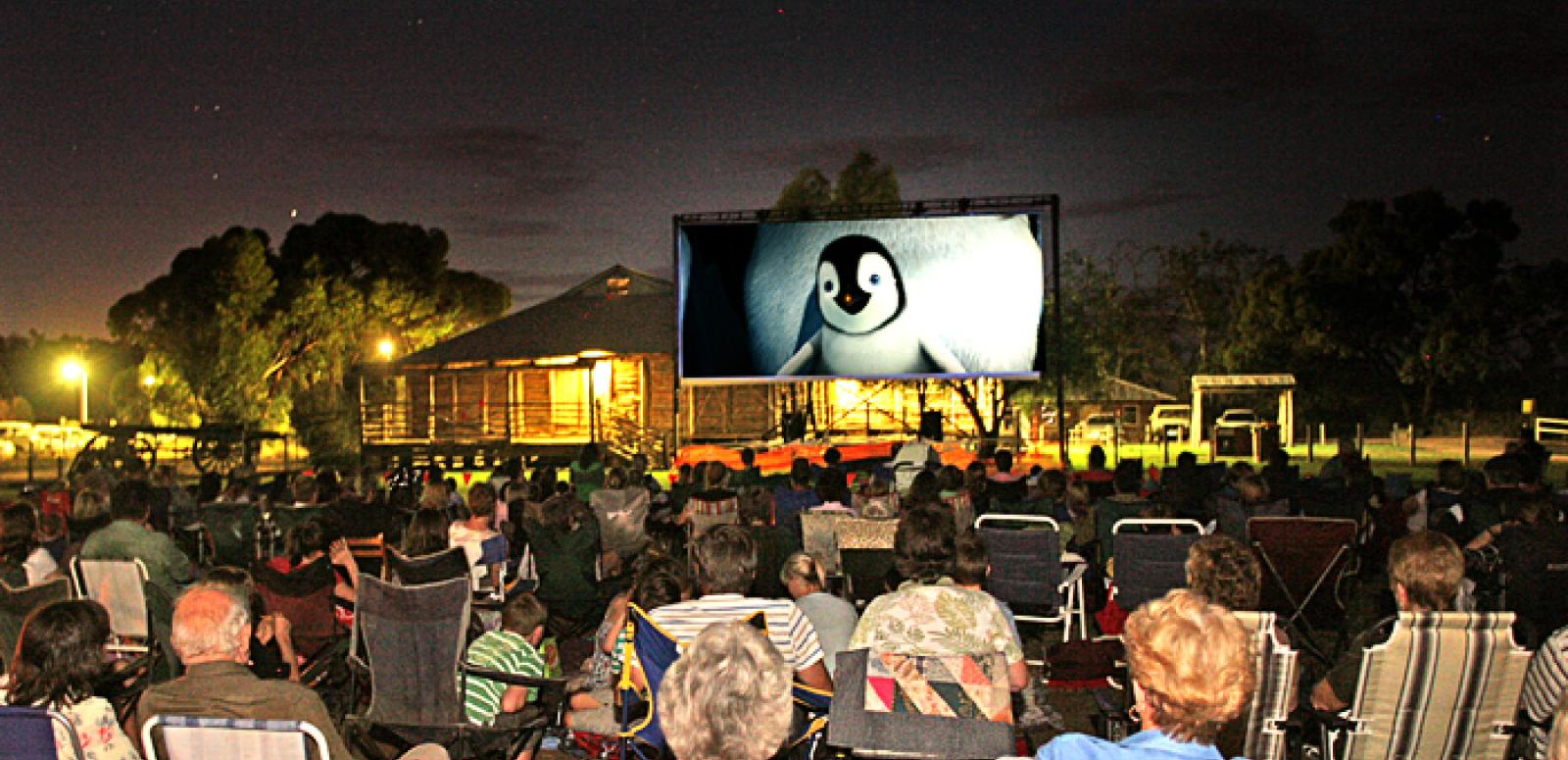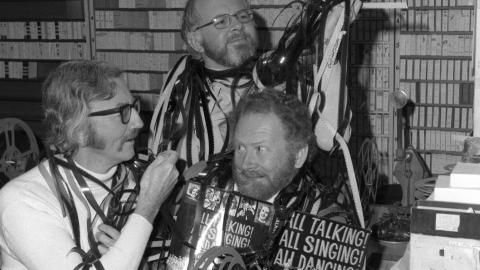

Film criticism within the NFSA
What is film criticism?
Film criticism is the business of writing about films, evaluating and analysing them for an audience of fellow film lovers. Critics help us understand how a film affects us, how the parts of a film work together, and what a film means. Film critics are often journalists who work for newspapers, online, and on television and radio; however there are also academic critics whose work is more formal and is published in journals and on academic websites.
Whilst academic critics often look at themes in films, or examine the cinema of yesteryear, journalists working in the field concentrate on the latest releases, providing us with information to inform our visits to the movies. They also write for trade publications, informing cinema owners and distribution chains of the best films from around the world.
Film Criticism in the Collection
The National Film and Sound Archive Library has been working on a collection of this material for a number of years, and we have acquired many examples of film criticism in academic journals, trade publications and mass media from all over Australia, as well as from international publications. We have more than 220 different film publications in our collection! Some of them date back as far as the early 1920s, like Film Weekly and Everyones, covering some of the earliest films produced in Australia. We have more recent titles such as Cinema Papers and Cantrill’s Filmnotes, and current publications like Inside Film, Encore and Lumina. We also collect foreign publications such as Cahiers du Cinema, Box Office and Sight and Sound, among others. We index Metro, New Review of Film and Television and Film Criticism and Studies in Australasian Cinema for a project run by the Federation Internationale du Archives du Film (FIAF).
There have been many different styles of film criticism over the years. The early years were about descriptions, mostly reviewing the plot of the film, and not drawing many links between the various films being produced. Then in the 1960s the theory of the auteur appeared, and critics started to examine the distinctive traits, themes and visual styles as coming from works ‘authored’ by a particular director or studio. In later years films have been examined from every geographical, political, and social angle imaginable. One of the wonderful things about films, is that they can be interpreted and re-interpreted by each generation of film watcher and film critic – there is always some new perspective to explore.
Of course the film critics most of us are familiar with are those we find in our local papers, see on television, listen to on radio and read online. One of the best known earlier critics is the American critic Pauline Kael, who reviewed for The New Yorker from 1968 to 1991. Called the ‘Elvis of film criticism’ by Entertainment Weekly critic Owen Gleiberman, her writings on film are considered essential reading, and collections of her film criticism are still being re-published. She had a reputation for being able to make or break a film, and even end an actor or directors’ career. Take this example about the 1955 James Dean film East of Eden:
‘If after the film, the air outside the theatre seems especially clean and fresh, it is not only from relief at escaping the crackerbarrel humanism, it’s the restorative power of normal, uncoerced perspective: it’s a little like coming out of a loony bin.’
Now, however, it looks like the success of film critics has led to their own demise. Reading about the power of film critics like Kael you can see why it resulted in the rise of increased marketing by the big studios. These days a big film has little to fear from the pen of a critic, as a juggernaut of expensive marketing hits the potential audience well before the film has even been seen by a critic. The real power of contemporary film critics lies with smaller independent films; critics can still influence their fans to go and try a film they don’t know much about. In his 2008 book I Peed on Fellini, Australian Critic David Stratton describes this as one of a film critic’s greatest pleasures; while poor reviews can doom a small or independent film, a good review can get these films longer runs, distribution deals, and overseas exposure.
The current challenge to film critics is not style but format. There has been an incredible increase in the amount of online film criticism. The internet now offers sites where anyone can express an opinion about film, and there are many hundreds of bloggers regularly writing columns about current cinema. As much of this content is offered for free, traditional critics are feeling the pressure. Part of the downward trend of newspapers everywhere, there has been a definite downturn in the market for traditional film criticism. In the US alone, more than 50 paid critics have lost their jobs in the last couple of years. The vast majority of film critics on television and radio have all but disappeared. Television reviewers Bill Collins and Peter Thompson have moved from commercial television to subscription TV. They, as well as Ivan Hutchinson, who used to review films on Channel 7, have not been replaced on free-to-air.
More power now resides with the non-professional reviewers. With the growth of film sites online, film lovers like you or I can add our own reviews, and use the scoring functions on sites like Rotten Tomatoes or the Internet Movie Database. We can steer people to or away from the films we love or hate. Websites like Box Office Prophets and Box Office Guru even give our opinions equal space with professional reviewers. Blogging has introduced opportunities for a new wave of amateur film critics to have their opinions heard.
While it means the general public can add their own thoughts to the debate, it's likely many people would miss reading and watching reviews by knowledgeable professional reviewers, so here's hoping they continue to appear in newspapers, on radio, and on TV screens.
The National Film and Sound Archive of Australia acknowledges Australia’s Aboriginal and Torres Strait Islander peoples as the Traditional Custodians of the land on which we work and live and gives respect to their Elders both past and present.

